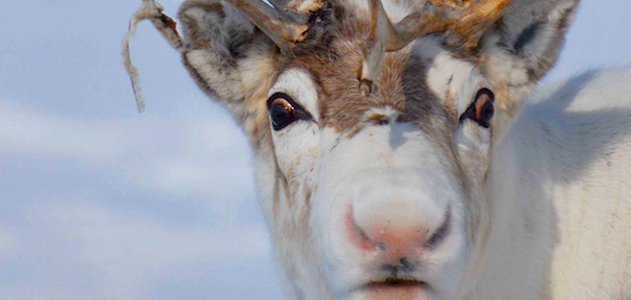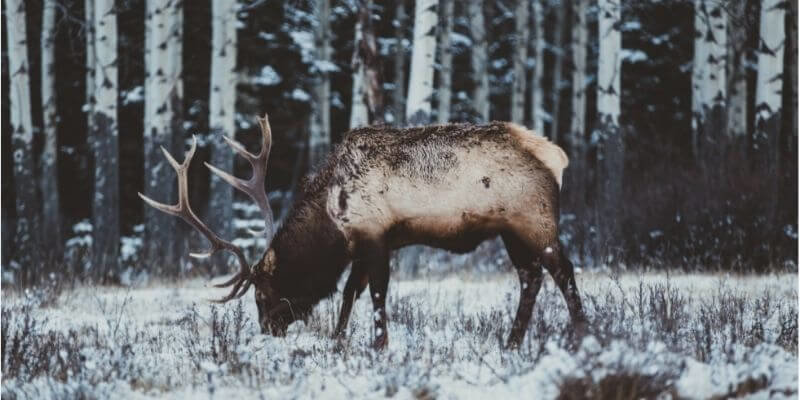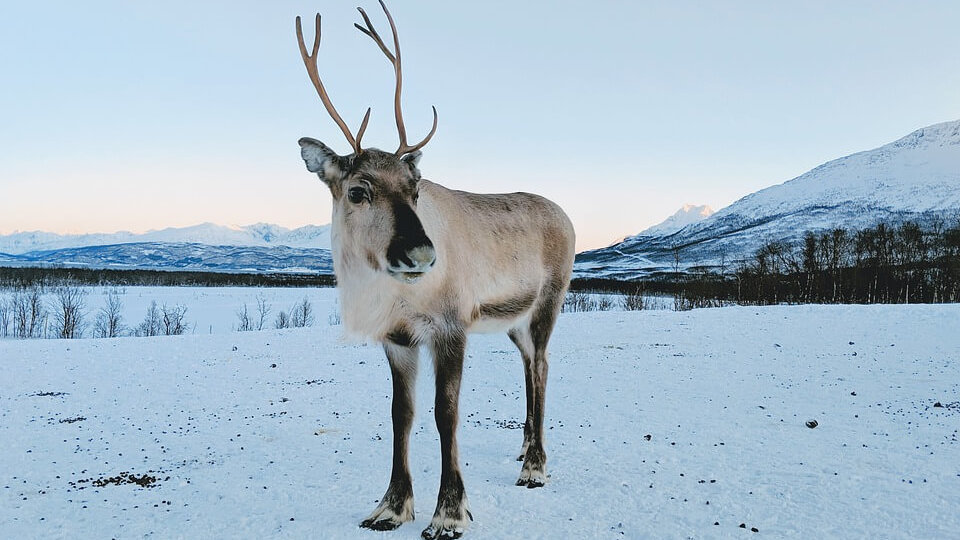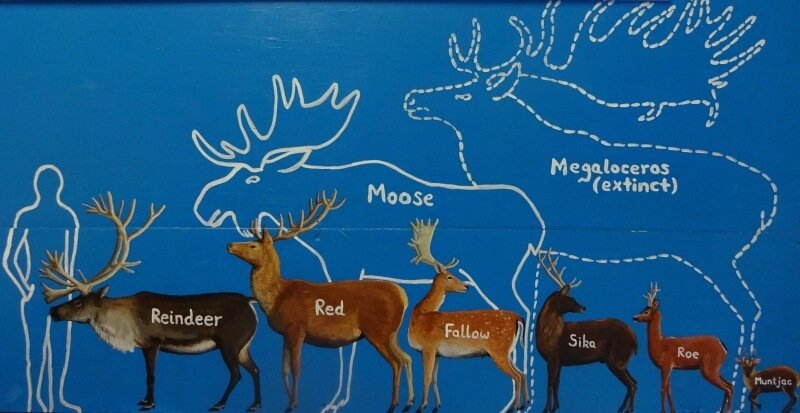Eenie meenie miney doe, how many reindeer facts do you know?
You know Dasher and Dancer and Prancer and Vixen, Comet and Cupid and Donner and Blitzen. But do you recall, the biology of them all? You’ve probably heard this song before, but have you heard the science behind Santa’s fluffy helpers?
A reindeer by any other name...
What exactly is a reindeer? These animals are part of the deer family, or Cervidae, which includes deer, elk, moose, and wapiti. Reindeer are also commonly known as caribou. This classification is primarily based on location, or habitat. Reindeer refers to the domesticated animal, while caribou refers to the wild animal.
Female reindeer are slaying it!
Scientists have observed that male reindeer shed their antlers in early December after mating season, while female reindeer keep their antlers all year. This means that if the reindeer spotted pulling Santa’s sleigh on December 24 have antlers, they must be females, as males would have already shed their antlers.
The real red-nosed reindeer
You may remember Rudolph the Red-Nosed Reindeer, and his shiny schnoz. Scientists say that having a rosy nose is not only possible but common in Santa’s furry friends. Reindeer have 25% more blood vessels in their nose than humans. This helps keep their noses warm, which allows them to warm up the frigid air before they breathe it in. Exposure to extreme cold, or exercise increases blood flow, and with so many extra blood vessels in their noses, they can turn a light rosy color.

Eye on the prize
Reindeer have also adapted to see ultraviolet light. While humans are no strangers to ultraviolet light, we are unable to see it. UV rays are commonly known to cause sunburn or snow blindness by reflecting brightly off of the white snow. Reindeer, however, have adapted the ability to see these wavelengths. This not only protects their eyes but allows them to better see food or other animals camouflaged in the snow.
The cold never bothered them anyway
Why does Santa have a reindeer-drawn sleigh instead of a horse-drawn carriage? Reindeer are native to cold climates like Alaska, Canada, and Scandinavia and have adapted to the cold. A reindeer’s fur is made up of hollow hairs that trap in air and keep them well-insulated. They are also the only animal to have hair completely cover their noses. This helps warm up the cold air they breathe before it reaches their lungs.

So next time you hear the pitter-patter of hooves on your roof, remember it’s no coincidence that Santa uses these gentle giants to pull his sleigh. Reindeer have adapted to weather their frosty environment and help deliver Christmas cheer all over the world!

